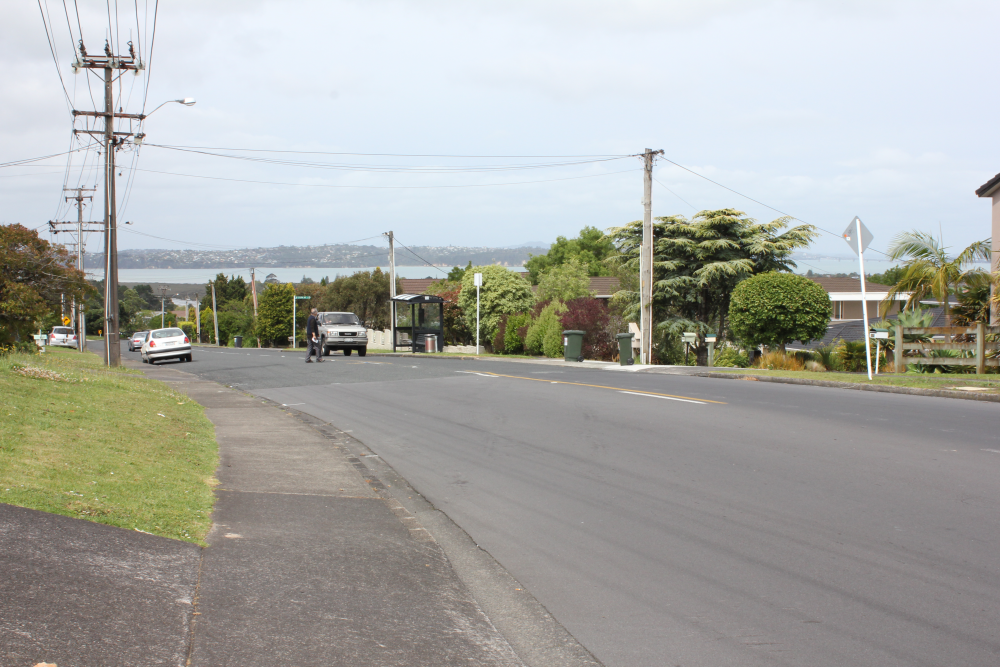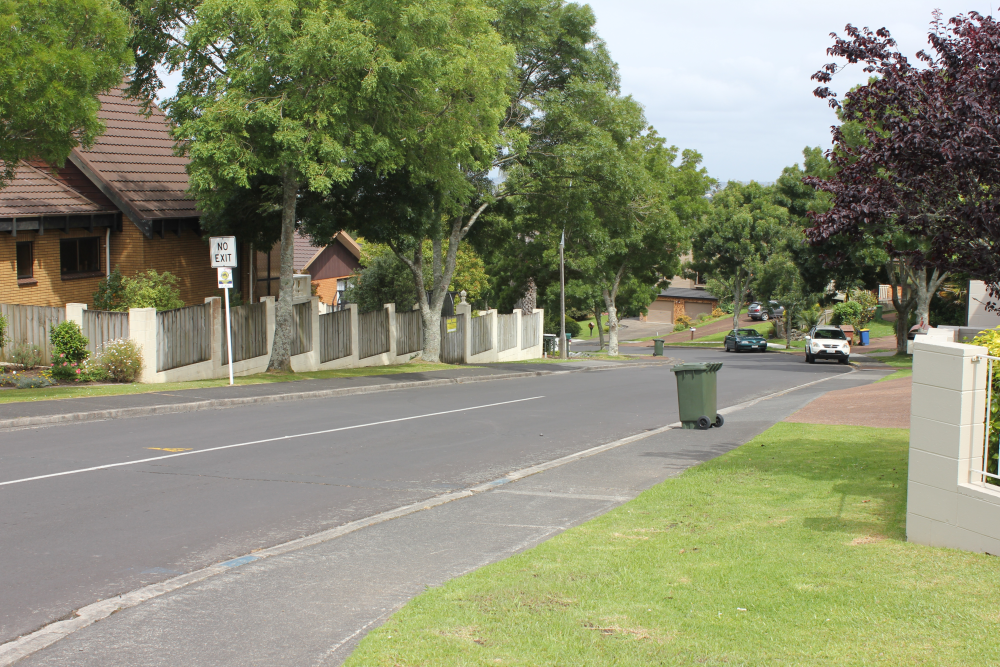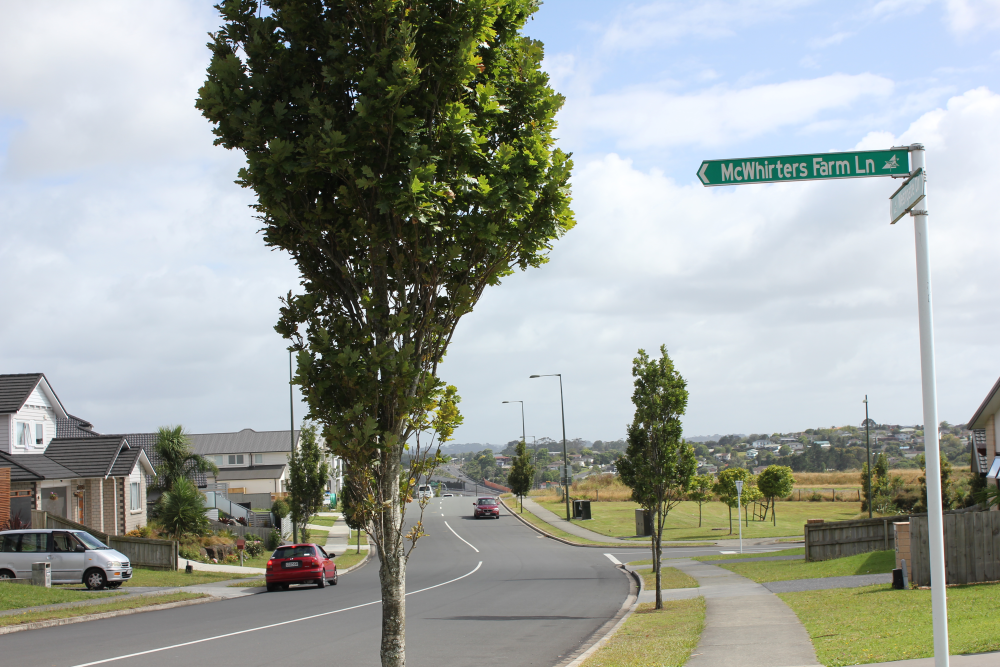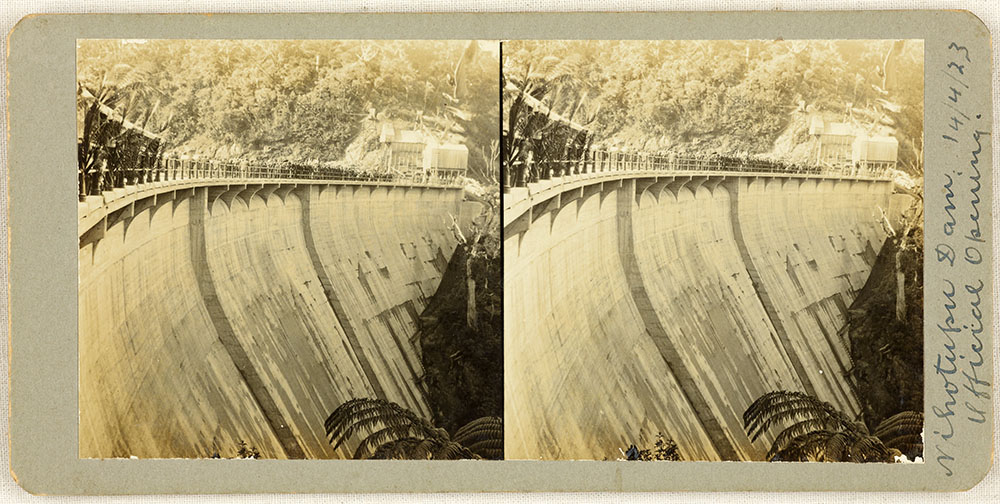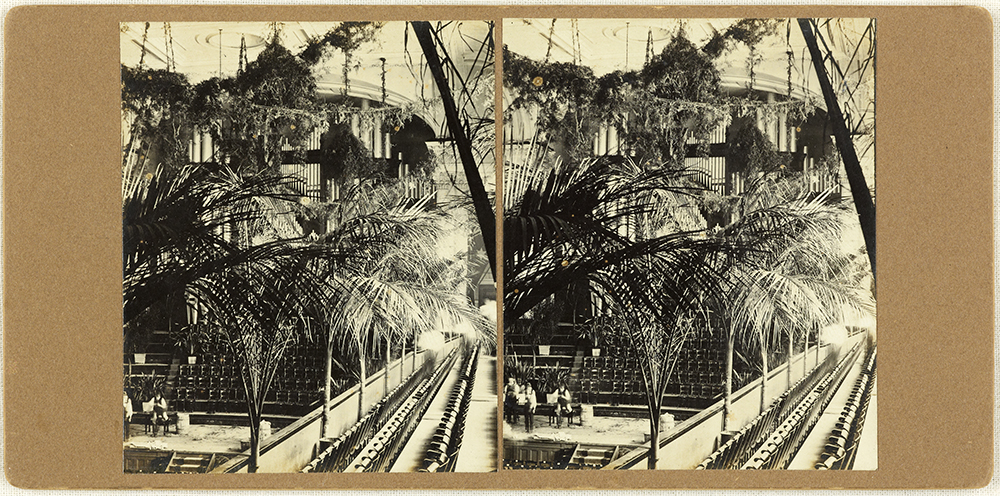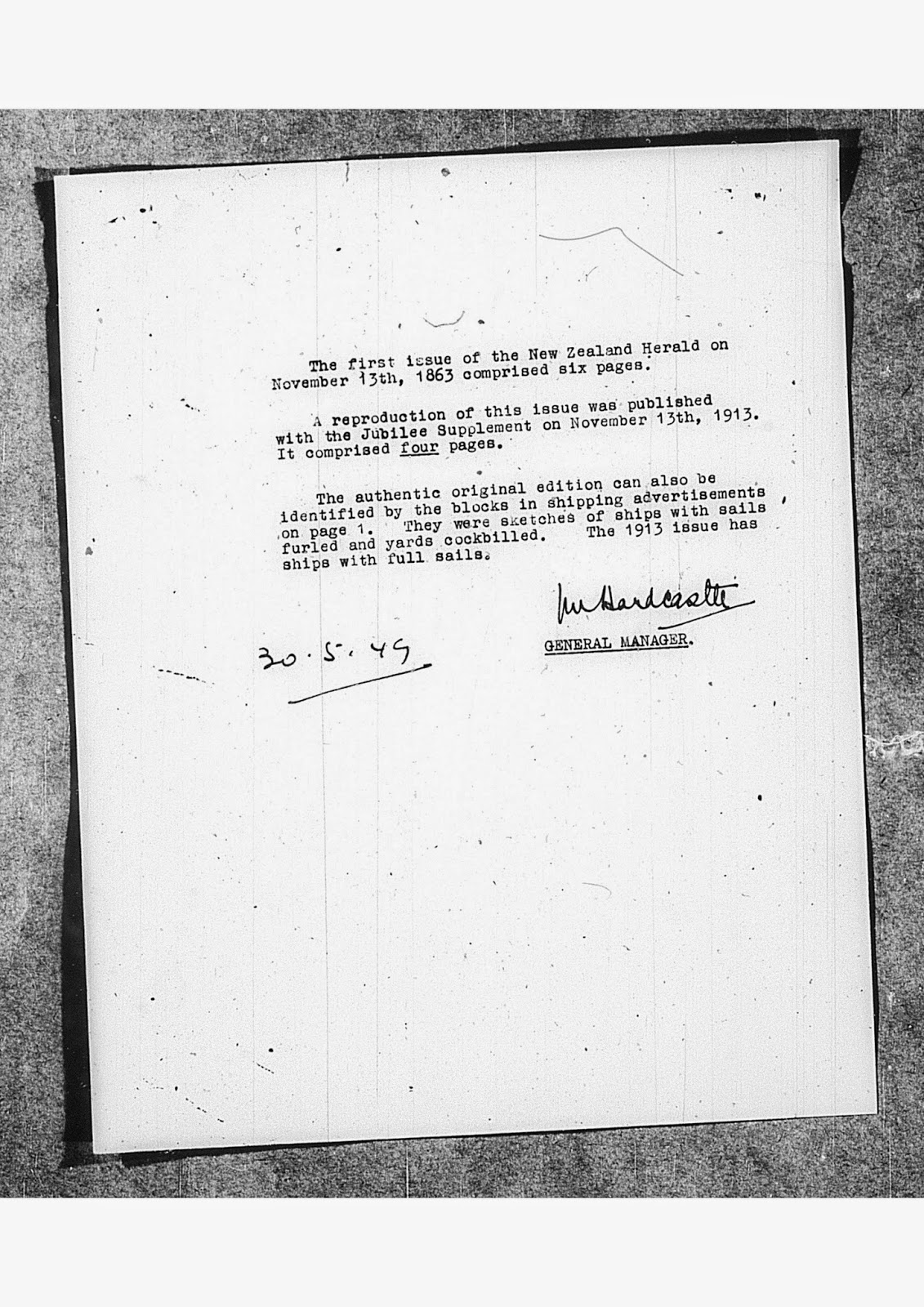Currently
on in the exhibition space on Level 2 of the Waitakere Central Library is an
exhibition highlighting some of the stories of West Auckland contained in our
collection of oral history recordings.
If you are interested in exploring any of these stories in more depth these
and other recordings can be listened to in the J T Diamond Reading Room at the West
Auckland Research Centre.
Ref: Picnic in Henderson, 1932, West Auckland Research Centre, Auckland Libraries.
A menu of
sound
Welcome to our smorgasbord. As the name suggests we have a table ready
for tasting – a feast to fit all palettes.
Our feast starts with an appetiser, two slices from an
interview with Mrs Elizabeth Baillie (nee Malam).
Elizabeth Baillie was born in 1869 and came to the Te
Atatu (now Glendene) area in 1879 when she was ten years old. Recorded by a
grandson in 1961, this is the oldest interview in the collection and gives
insight into life in the late 1800s.
In the first section, Mrs Baillie explains how she and
other members of her family would travel to Auckland
Ref: Mr and Mrs Higham senior in
gig outside house, Huia, 1907, West Auckland Research Centre, Auckland Libraries.
Track 1 Taking the bus to Auckland
What sort of bus?
A horse bus of course! They hold about twelve or
fourteen people comfortably.
And they used
to go as far as Avondale did they?
Avondale to Auckland
LISTEN
- Elizabeth
Baillie (1961). WOH-1040.3 Glen
Eden Oral History Collection
Ref: Avondale hotel with bus outside (horse), c1910, West Auckland Research Centre, Auckland Libraries.
Track
2 The
naming of Te Atatu (formerly Henderson
What was the
place know as in those days? It wasn’t called Te Atatu then was it?
It was Henderson Point – they called it.
It was Te Atatu. We had to send it away and get the
name to Wellington
LISTEN
- Elizabeth
Baillie (1961). WOH-1040.3 Glen
Eden Oral History Project.
Ref: Te Atatu from Luckens Road, 1967, West Auckland Research Centre, Auckland Libraries.
Track 3 Be Prepared…
Many of you will be familiar with the Scouts motto ‘do a good deed every day’. Bill
Beveridge, formerly Chief Ranger Waitakere Regional Park
LISTEN
- Bill
Beveridge (2005). WOH-1004
Track
4 Huia Dam
Loco
Ray Allen worked at a quarry providing rock for the Upper Huia Dam in
the 1920s, working on a rotating shift of six days. During this time he lived
in the Huia Work Camp, walking out to visit his family at Oratia every two
weeks. A great story teller, this locomotive yarn illustrates Ray’s sense of
humour.
LISTEN
- Ray
Allen (no date). WOH-1028
Ref: Railway engine, 1927, West Auckland Research Centre, Auckland Libraries.
Track 5 Working in the
winery
Helena Ataya (b.1911) and her brother Najib Corban
(b.1909) were recorded in 2003. In these extracts both Helena and Najib reflect
on their childhood. In the first slice, you will hear Helena
Then we used to do the labelling by hand. That was
before they had a labelling machine, and we had to make sure that the labels
were dry before we wrapped the bottles again in crepe paper so that the labels
would be clean. Then we would have to pack those bottles in a straw covering
and pack them into a twelve container box. And those boxes weighed 56lbs. And
when I used to work in the business in the sales part of it, I used to lift
those boxes five high! I used to swing them up quiet easily – I had good
muscles (laughs).
LISTEN - Helena
Ataya (2003). WOH-1002
Ref: K.A. Corban, Preparing wine bottles, Mt Lebanon vineyards, c1930, Private Collection.
Helena’s
brother Najib Corban talks about catching sprats in the Henderson Creek.
Track 6 Fishing in
Henderson Creek
We used to… catch sprats down on the Henderson Creek
there below the sale yard. There was a pool there, still there today. We used
to swim in that. And the sprats used to come right up to there, kahawai, sometime
kingfish would come up. And we used to, Annise [sister], and the doctor
brother, he was studying, he used to wake up in the morning about 3 o’clock and
we’d all go down and fish the morning, go down and put a net across and catch
sprats, Plenty of sprats for the family.
LISTEN
- Najib
Corban (2003) WOH-1010
Ref: K.A. Corban, Catching sprats, c1920, Private Collection.
The oral history collection contains many stories of
fishing – and in particular references to the many creeks in the area. Here are
three more fish stories.
Owen Freeman (b.1932) recalls boyhood eeling
adventures.
Track 7 Eel fishing
But our greatest love of course was eel and trout
fishing. And through the farm ran two streams which were a great source of
interest to us – interest and fun and hours of fishing - eel fishing. We never ever ate the eels; we
sometimes cooked them but we never ate them because they smelt so horrible. But
they were slimy things. But some of the eels were enormous!
LISTEN - Owen
Freeman (2002). WOH-1024-1Ranui Action Project Oral History Collection
Track 8 There was always
plenty of fish
What sort of fish did they
catch?
Mainly snapper – snapper – and you could go scalloping
and all that sort of thing. And floundering. They used to put a flounder net
across the creek – across the muddy creek. I don’t know that you are allowed to
do that now days. Mind you the snapper is a bit hard to find I think –
particularly with the sewage ponds – which have gone now, but over at Mangere –
they polluted the harbour and even our beach down here. It was pretty terrible.
When the tide went out there wasn’t anything in the little pools. It was just
terrible – when the pollution came.
LISTEN - Beverly
Reed (2005) WOH-1018
Ref: Rocks, westside of Puponga, 1957, West Auckland Research Centre, Auckland Libraries.
Track 9 The fish van
Mrs Gossleman used to park her little van outside
Lopdell House and she sold the most beautiful fish – and how the poor lady sat
in the van with everything on ice… it must have been freezing! And this lady
used to dress up. And she used to sell this roughy – orange roughy – and it was
just wonderful, it really was, to be able to buy your fish there, because the
fish shop had long gone.
LISTEN - Beverly
Reed (2005) WLOH 1018
Track
10 Flight at
Muriwai
Essie Chapman was teaching at Muriwai Beach in the
1930s. The romance of flight was rippling throughout the world. Pioneer
aviators Kingsford Smith and Charles Ulm had recently made the first
trans-Tasman crossing in their plane. At this particular time Charles Ulm was
travelling New Zealand
offering joy rides in his plane ‘Faith in Australia Muriwai Beach
LISTEN – Essie
Chapman (1988) WOH-1032
Ref: Aircraft on Muriwai Beach, 1934, West Auckland Research Centre, Auckland Libraries, MURI-P.
Ref: Aircraft on Muriwai Beach, 1934, West Auckland Research Centre, Auckland Libraries, MURI-P.
Track 11 Grandpa’s Pie Party
Dorothy and Roy Butler purchased and renovated
Winchelsea House in Karekare, making it a family haven. Warm and welcoming, the
large front lawn has seen many a frolicky group as Roy and Dorothy brought
family and friends together. Listen to Dorothy describing Grandpa’s Pie Party.
LISTEN - Dorothy
Butler (2005) WOH-1003
Track
12 Tui Glen canoes
Waitakere during WWII, when New Zealand
The Tui Glen Landing – now, there used to be canoes and
dinghies and what-have-you on the creek here - then let out by Mr Brooks. And
then of course in 1942 or thereabouts, the Americans came here. It was a favourite picnic place. They used to come out here with their girls,
hire the canoes and dinghies, go down the creek, go up on the bank. Now of course those young fellas was on the
Creek, 10, 11 and 12 and so on … and we used to find these canoes on the bank
and we used to gently pull them out into the creek, row further down letting
them all off and pick them all up as we came back again and come up back up
here and get a shilling each for them.
LISTEN
- Murray
Becroft (1993) WOH-1031
Track
13 The Orchard
During his walking tour Murray Becroft described the area
in which he grew up and his job of protecting the orchard.
The orchard being handy to Tui Glen – we used to have a
lot of stealing – a lot of raiding on the orchard. My father gave me a 22 with
blank cartridges and my job was to patrol the orchard with these blank
cartridges.
LISTEN - Murray
Becroft (1993) WOH-1031
Ref: Baby Austin car, 1930, West Auckland Research Centre, Auckland Libraries.
Track 14 Childhood summers
John Munro (b.1938) brings us our last taste sensation
for this smorgasbord, with this delightful childhood memory
When I drive through there now and see all the houses on
either side of the road – gosh, I can remember standing there on the
intersection of Ranui Station Road and Swanson Road on a Sunday, there’d be no
traffic at all. Even during the week there’d be very little traffic, there’d be
no traffic at all, but it would be so quiet on a hot sunny day that all you
could hear would be in the distance would be Rupert Cook’s cows lowing and you
could hear the cracking of the pine cones as the hot sun burst them open and
all the seeds would come down. That would be the only sound that you could hear
and just the crinkle of the grass, the long grass in the sun. It used to be so
isolated; it was quite a tranquil place in those days and I can see why they
called it Ranui because Ranui, from the Maori, is “plenty of sun”.
LISTEN - John
Munro (2002). WOH-1024.2. Ranui
Action Project Oral History Collection
Ref: Munro family home, c1950, John Munro Private Collection.
Author: Liz Bradley, West Auckland Research Centre



















































































































